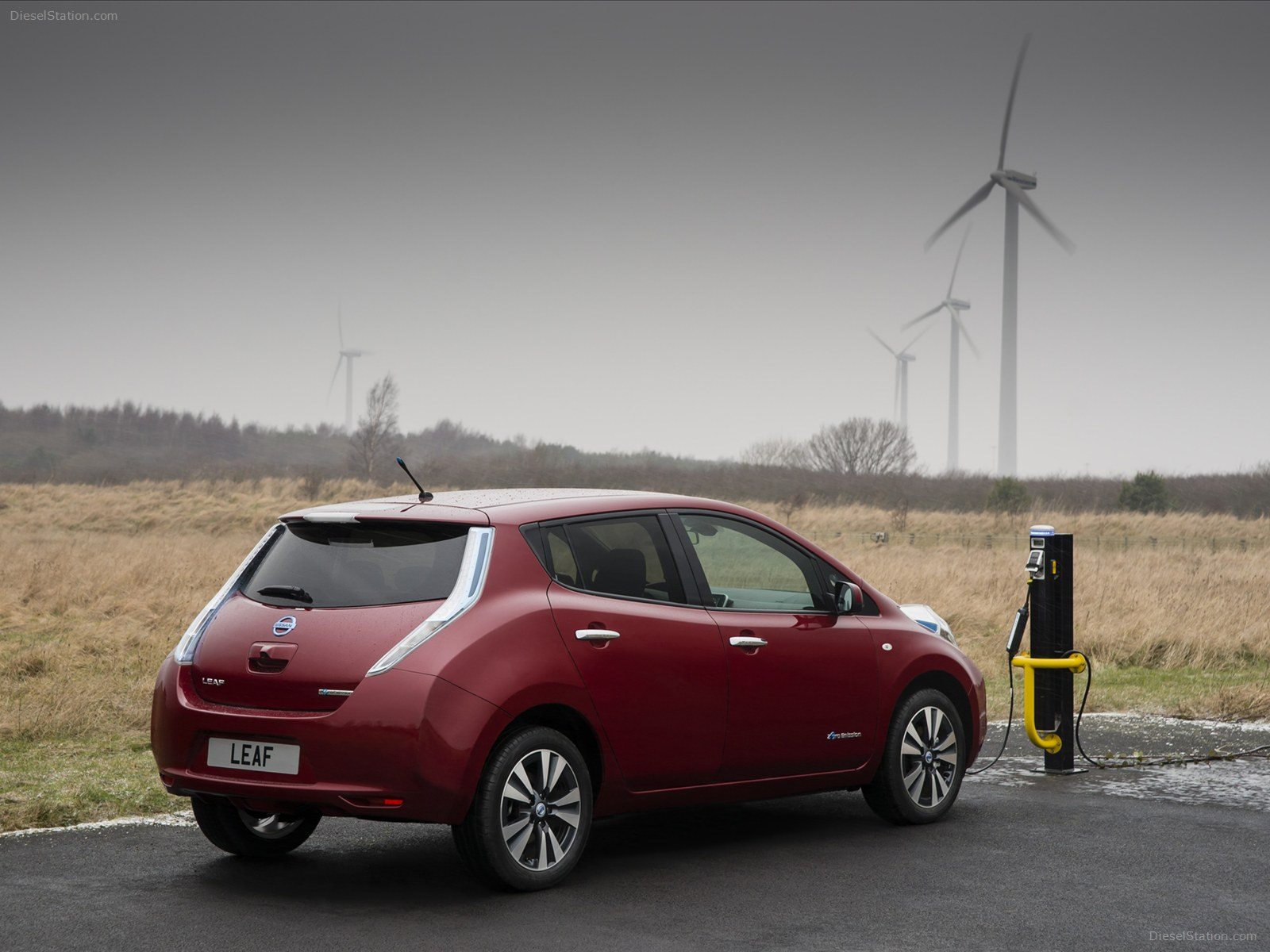How going electric can really lighten your monthly budget. I am on an endless quest to reduce my monthly expenses which in turn maximizes our disposable income. One of most families biggest expense category is vehicle ownership. From car payments to insurance to maintenance to fuel, not to mention depreciation, a lot of money is funneled out of your wallet through a vehicle.
Now that I have finished playing captain obvious, you can quickly imagine a few strategies to minimize that exposure. The 2 main ones are
Strategies to minimize exposure:
- Run vehicles longer (depreciate over longer period)
- Buy used (bulk of the heavy depreciation has been absorbed by someone else.
- Reduce operating expenses by downsizing the engine or going electric!
Although I work for Nissan, I am still faced with the costs of operating a 2nd vehicle, my wife’s daily driver. In my case it was actually more complicated than the average joe because I have advantages on vehicle ownership that come with a taxable benefit implication. I will spare you those boring details.
The electric results before the analysis:
– We found that by going electric, we were saving $1,250 a year on fuel driving 20,000 kms a year.
– Insurance premiums in Ontario went down $400 a year.
– Maintenance will be down about $200 a year.
Here is the story:
Now I can tell you how we went from a 2016 Nissan Altima SL, which in itself is a really nice car. It was generally good on fuel and a smooth daily driver. Cost breakdown were as follows
– Car payments were the equivalent to $4,250 per year including the taxable benefit.
– Fuel costs were roughly $1,750 per year in fuel @ $1.10/L driving 20,000kms
– Insurance was $2,000 a year
– Regular maintenance includes oil changes, brakes, other fluids, tires, estimated at $400 yearly.
– Total yearly expense: $8,400
2011 Nissan Leaf SL
– Purchase price roughly $10,000 includes the charger purchase and install.
o Depreciation set at 2% per month: $2,400 yearly
– Fuel costs: without going into the technical calculations, when you charge at off peak times (the leaf allows you to set a timer to charge only at off peak times. Here are the highlights
o Leaf gets roughly 5kms per KW.
o 20,000kms means the car will use approx. 4,000KWs for the year
o 4,000KW @ $0.10 per KW = $400 annually for fuel! + when charging off site, the juice is free!
– Insurance is now $1,600 per year
– Maintenance: no more oil changes, and brakes wear less due to the regenerative braking system. So annually maintenance now $200
– Total: $3,000 yearly.
Although we chose to use cash to purchase the vehicle instead of financing, the yearly savings are still quite significant. Financially, we are very happy with the decision.
All of these savings don’t come without compromise. One must consider these compromises before going down this path themselves.
- All electric is great, but not for your primary vehicle. The electric vehicle is best used as a constant commuter vehicle. With a well defined, repetitive route. It is definitely not suited for the adventure minded individual who wishes to take off on a road trip at a moment’s notice.
- Your daily destination has to be within reach. Electric vehicles are range restricted and cannot go forever. Hopefully your work or school is within 30-40 KMs of home and preferably you keep your average speeds below 100kms/h.
- The initial investment also involves purchase and install of a 240v charger, hopefully your home has room for that and the install isn’t too difficult.
As a result, we are very happy with the Nissan Leaf as we would be with most electric vehicles. There is an intrinsic satisfaction that you feel when driving around in your electric vehicle. A ridiculous smile on your face when you are in traffic jams with all those internal combustion chumps around J


